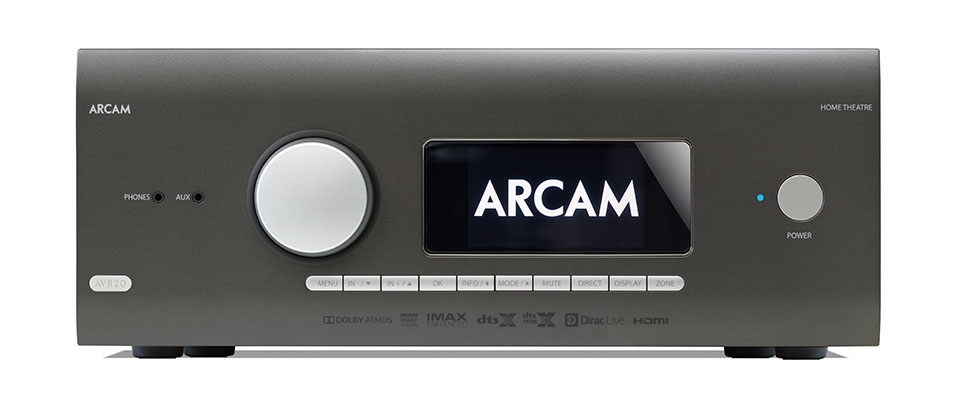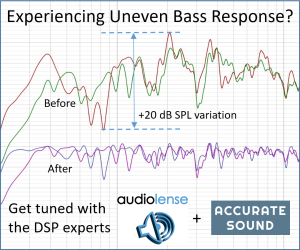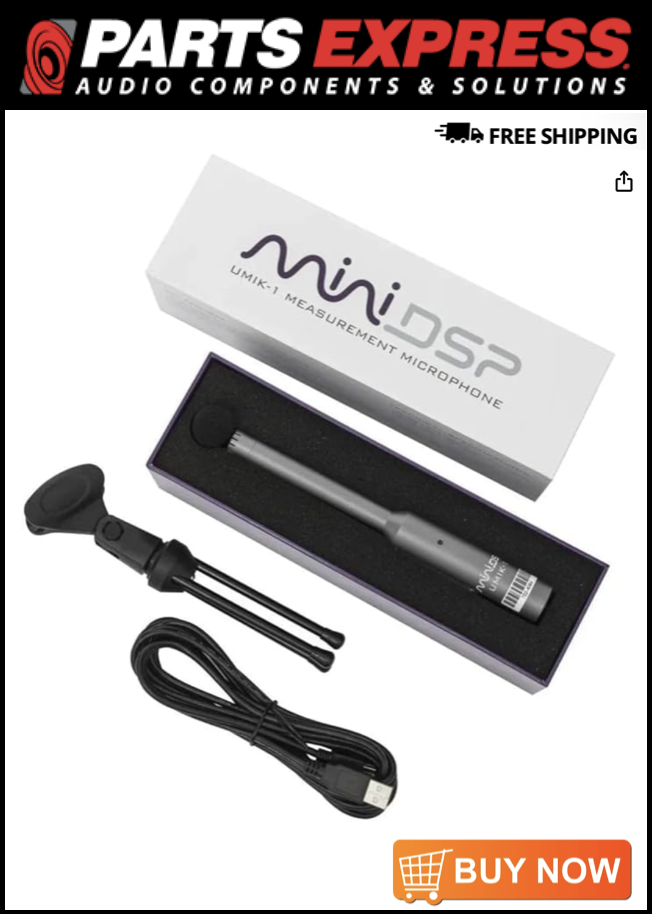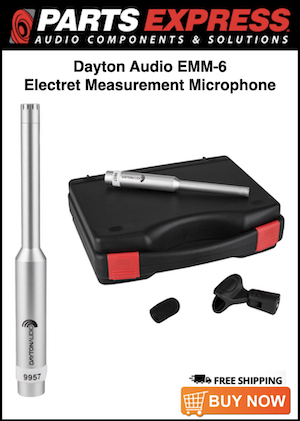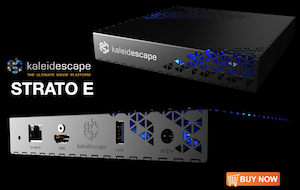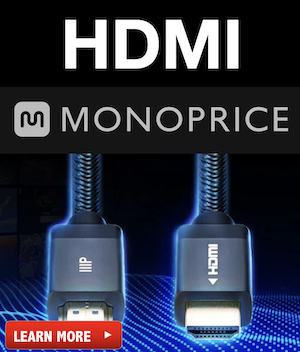Todd Anderson
Editor / Senior Partner
More
- Preamp, Processor or Receiver
- StormAudio ISP.24 MK2
- Main Amp
- Emotiva XPA-5
- Additional Amp
- Emotiva XPA Gen3 2.8 multichannel amp
- Other Amp
- Denon X8500H
- DAC
- THX ONYX
- Computer Audio
- AudioEngine A2+
- Universal / Blu-ray / CD Player
- Kaleidescape TERRA
OPPO UDP-203
Panasonic UB9000
- Streaming Equipment
- iFi Audio Zen Blue
- Streaming Subscriptions
- Spotify
- Front Speakers
- GoldenEar Technology Triton One.R
- Center Channel Speaker
- GoldenEar Technology SuperCenter Reference
- Surround Speakers
- GoldenEar Invisa MPX
- Surround Back Speakers
- GoldenEar Invisa MPX
- Front Height Speakers
- SVS Prime Elevation x4 (Top Front, Top Mid-Front)
- Rear Height Speakers
- SVS Prime Elevation x4 (Top Middle, Top Rear)
- Subwoofers
- Quad Array SVS SB16s
- Other Speakers
- Behringer 1124p; Aura Bass Shaker Pros; SuperSub X
- Screen
- Seymour Screen Excellence, Enlightor NEO AT Screen
- Video Display Device
- JVC NZ8
- Other Equipment
- Sony 65-inch A95L OLED
Sony 65-inch X900F
ZeroSurge 8R15W x 2
ZeroSurge 2R15W x 2
This is how I understand it as well. This isn't sold as a plug and play solution, but rather something that manufacturers implement. Its up to them to code. A company like StormAudio is likely unique, where the coding is done in-house. I don't think you can say the same for brands like Onkyo. Not picking on Onkyo - just using them as an example.I may be wrong, but the way I've always viewed Dirac is that they have a technology and a server-side software and they license to hardware manufacturers the API to communicate with their software, but the user hardware-side integration is the responsibility of the hardware manufacturer to develop. If Dirac works with some products but not with others, that seems like a hardware manufacturer responsibility to address.
Similarly, I think we're finding hardware manufacturers discovering that when they licensed the tech, promised customers the feature, and sold them hardware and licenses, they did so before implementing Dirac and later found their hardware to be incapable of performing the task at hand. I've been watching this happen since Emotiva started implementing Dirac in the XMC-1. Big promises, underpowered hardware, shampoo rinse repeat.
Admittedly I don't know anything about the crossover bug mentioned in the first post.
When you outsource, it's a lot more difficult to quality control.
Following this.








